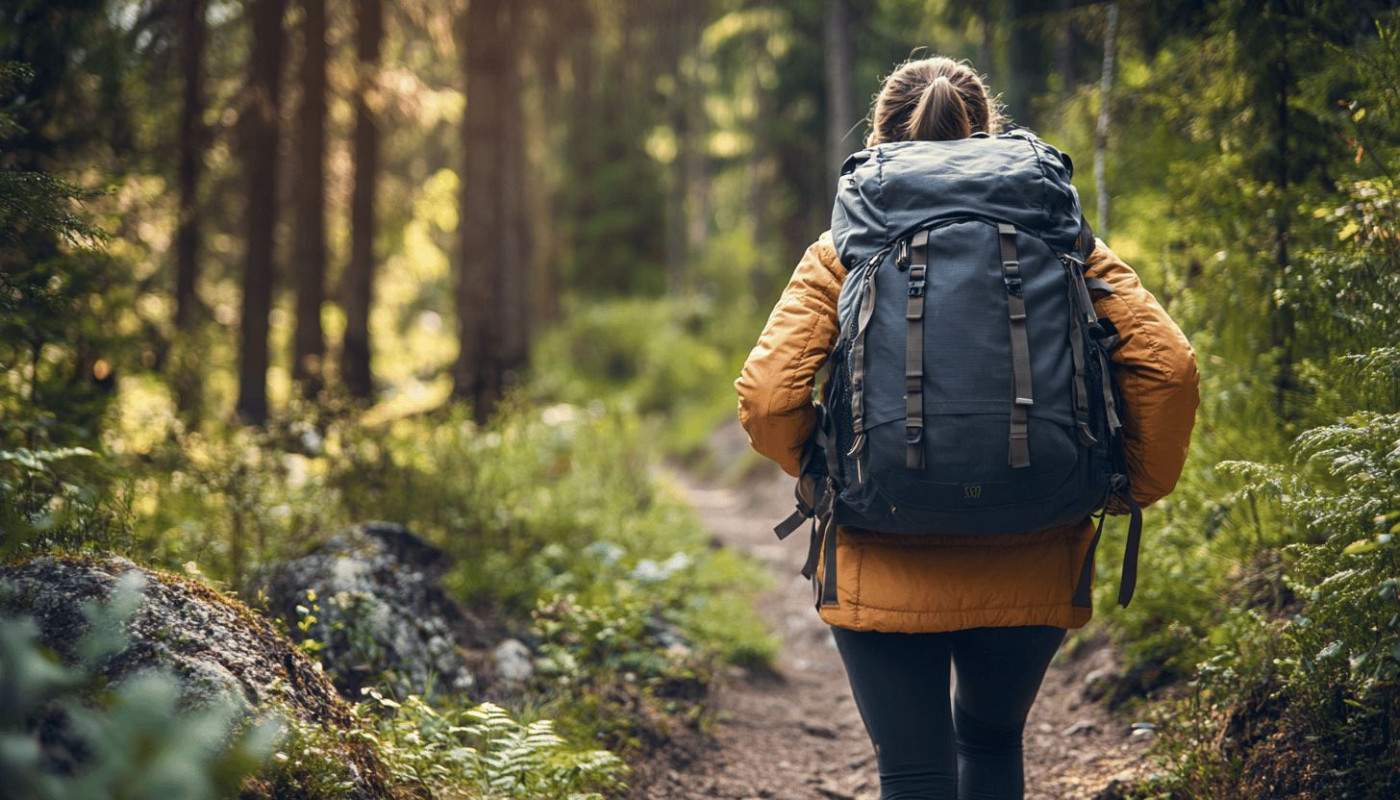Table of contents
Stepping into the great outdoors opens up a world of adventure, offering countless ways to reconnect with nature and break free from the ordinary. Planning an outdoor escape can be both exciting and a bit daunting, as there are many factors to consider for a fun and safe experience. Explore the following paragraphs to discover practical strategies, expert advice, and technical know-how that will guide you in creating a memorable outdoor journey.
Choosing the perfect destination
When searching for the ideal outdoor adventure, it’s essential to consider a combination of factors to ensure a rewarding experience. Start by assessing the climate of potential travel destinations, as weather greatly influences both comfort and safety. Evaluate the activity level required by each location, whether it involves hiking rugged wilderness trails, kayaking tranquil nature spots, or exploring diverse scenic locations. Accessibility plays a key role, especially for remote areas that may demand extra planning for transportation or permits. Personal interests, from wildlife observation to photography or challenging topography, should guide your decision to maximize enjoyment and fulfillment.
Researching various landscapes, such as mountains, forests, deserts, and coastal regions, allows for a deeper understanding of what each destination offers. Take into account seasonal variations, as some regions transform dramatically throughout the year, influencing the availability of certain activities and the presence of local flora and fauna. Wildlife diversity can be a major draw for specific areas, offering opportunities for unique encounters and ecological appreciation. For comprehensive reviews, user experiences, and expert advice on outdoor adventure travel destinations worldwide, consult the Related Site for inspiration and planning tools tailored to nature lovers.
Preparing essential gear
Organizing necessary gear for any outdoor activity, whether hiking, camping, or kayaking, demands a thoughtful approach to both safety and comfort. Begin by consulting a trusted packing list and evaluating the specific terrain you will encounter, such as rocky trails, dense forests, or waterways. A certified outdoor equipment specialist recommends starting with a thorough review of weather forecasts to determine what level of weather protection and survival equipment will be needed. For instance, implementing the layering system—using base, insulating, and shell layers—can ensure adaptability to changing temperatures and conditions. Choosing adventure supplies should reflect both the anticipated challenges and the potential for emergencies, prioritizing lightweight but durable outdoor gear. By tailoring your packing list to the environment and forecast, you maximize comfort and safety on any outdoor adventure.
Mapping your adventure route
Designing a route for an outdoor expedition begins with thorough route planning using a reliable adventure map and trail guide. Start by studying topographic maps to identify paths, terrain types, and natural features. Mark waypoints at key locations such as trail intersections, water sources, and emergency exits to stay oriented throughout the journey. Utilizing GPS devices or compass navigation tools enhances accuracy and helps maintain course, especially in areas with limited signage or unclear trails. Paying close attention to elevation changes prevents underestimating the physical demands of your trip, allowing for better time management and energy conservation.
Consider potential hazards such as river crossings, rockfall zones, or dense undergrowth when plotting your route to maximize outdoor safety. Cross-referencing information from recent trail reports or local authorities can inform you about temporary dangers or weather-related issues. Effective route planning minimizes risk and maximizes enjoyment by ensuring that the journey is suited to the capabilities of all participants. Regularly updating your waypoints and maintaining situational awareness contribute to a safer and more rewarding adventure in the wild.
Ensuring safety and sustainability
When embarking on any journey into nature, outdoor safety and sustainable travel should be given top priority. Thorough first aid preparation, including a well-stocked kit and knowledge of basic medical procedures, serves as a foundation for handling unexpected incidents. Reliable emergency communications, such as satellite messengers or radios, provide a crucial lifeline in remote areas without cell coverage. Responsible behavior toward wildlife—maintaining a respectful distance, never feeding animals, and storing food securely—protects both visitors and native species. In eco-friendly adventure planning, adhering to wilderness ethics and conducting a careful impact assessment help preserve natural habitats for future explorers. Practicing Leave No Trace principles—packing out all trash, minimizing campfire use, staying on marked trails, and avoiding the disturbance of vegetation—ensures that every step taken in the outdoors does not degrade the environment. By combining these strategies, adventurers safeguard themselves and contribute to the ongoing health of wild places.
Capturing and sharing memories
Documenting outdoor memories not only preserves the excitement of each journey, but also invites others to experience adventure stories vicariously. Travel photography remains a popular choice, allowing enthusiasts to use composition techniques that highlight the beauty and scale of natural landscapes. Professionals recommend focusing on light, framing, and the subject to tell a compelling visual story, while also being mindful of the environment by avoiding any actions that could disturb wildlife or habitats. For those who prefer written records, maintaining a digital journal offers a flexible way to chronicle thoughts, lessons, and observations, easily combining text, photos, and even short videos. Sharing outdoor memories through social media platforms or dedicated websites requires balancing personal privacy and respect for the locations visited; always avoid sharing sensitive data or geotags that could lead to overcrowding or harm to fragile sites. Embracing technology should enhance, not overshadow, the outdoor experience—limit device use to specific moments, ensuring full immersion in nature while still creating lasting and meaningful nature documentation.
Similar

How Sailing Charters Can Enhance Your Maritime Skills Before Purchase

Exploring The Benefits Of Renting Vs Buying Winter And Summer Sports Gear

Transformative Travel: More Than Just a Holiday

Exploring The Benefits Of Seasonal Camping: From Wellness To Family Fun

